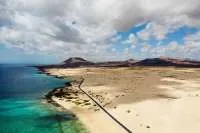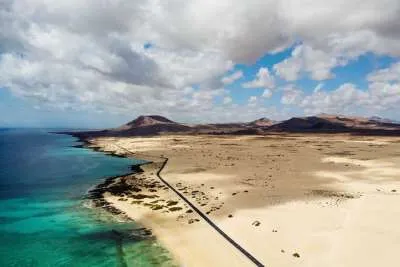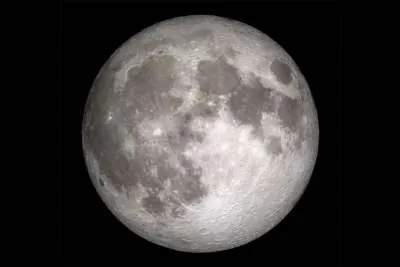Canary Islands braced for hotter-than-normal Summer after wet Spring
- 22-06-2025
- National
- Canarian Weekly
- Photo Credit: CW Stock Image
The Canary Islands are preparing for a very hot summer this year, according to the latest forecast from the State Meteorological Agency (AEMET). Following an unusually wet spring, temperatures for the upcoming months of July and August are predicted to be around 1°C above the seasonal average, with lower-than-normal rainfall.
Speaking at a press conference on Friday in Santa Cruz de Tenerife, Víctor Quintero, director of AEMET’s regional centre, presented the spring climate report alongside the government’s provincial deputy delegate, Javier Plata.
They confirmed that spring temperatures across the archipelago averaged 16.5°C, slightly cooler than normal for the time of year. However, the summer forecast points to a strong likelihood (around 70%) of above-average temperatures, with precipitation levels expected to remain low.
March Set the Tone for Spring
According to AEMET data, the month of March played a key role in shaping the spring climate, registering thermal anomalies between 0°C and 1°C above normal. The weather across the islands was highly variable: while southern parts of Fuerteventura, Lanzarote, and Tenerife, along with parts of La Palma and La Gomera, experienced unusually warm conditions, areas such as inland Gran Canaria, southeast Tenerife, northern La Palma, and much of El Hierro recorded cooler or even very cold temperatures.
Despite the cooler overall average, recent days in June have already seen warmer-than-normal conditions, with a notable temperature rise forecast for this weekend. In fact, AEMET has issued yellow weather warnings for high temperatures on five of the islands.
Exceptionally Wet Spring, But Hydrological Year Still Below Average
Spring 2025 has been particularly wet, with rainfall reaching 200% above normal levels across the archipelago, averaging 106 litres per square metre. This was mainly due to two major storms, “Nuria” and “Olivier”, which hit the islands in April, pushing rainfall in some areas to 329% above normal.
Despite the heavy spring rainfall, the broader hydrological year (measured from 1st October 2024, to 30th September 2025) remains drier than usual. So far, average rainfall has reached only 82% of expected levels, with 208 litres per square metre.
Mild Sea Temperatures and Limited Calimas
Sea surface temperatures have also been slightly warmer, averaging 20.2°C, half a degree above normal, making this spring the sixth warmest since records began in 1940.
Despite the wetter season, the number of lightning strikes was not significant, winds have remained within normal ranges apart from some stronger gusts in early April, and dust haze (calima) episodes have been limited, neither intense nor widespread.
Looking ahead to the core summer months, Víctor Quintero emphasised that while temperatures are expected to rise, there is currently "no clear signal" regarding rainfall patterns. However, with temperatures already climbing and warnings in place, both residents and tourists are being urged to take the necessary precautions as the islands head into what could be another very hot summer.
Other articles that may interest you...
Trending
Most Read Articles
Featured Videos
A Vision of Elvis Tenerife Promo
- 10-05-2025
TEAs 2025 Highlights
- 17-11-2025


























































